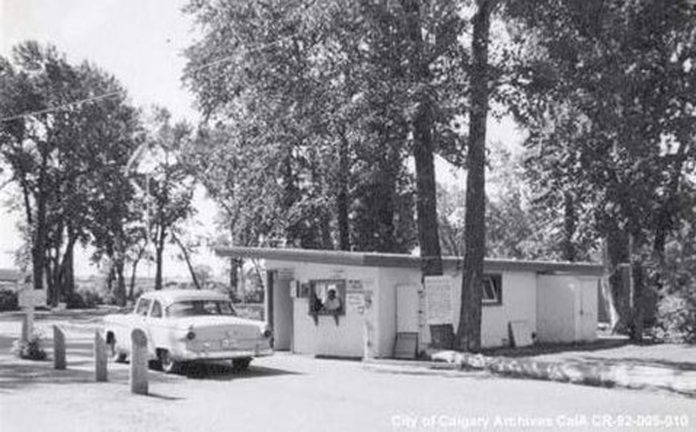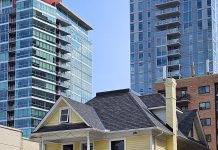Bowness Park, 8900 48 Ave. NW, Bowness
Bowness Park is a large City of Calgary park, approximately 30 hectares in area and two kilometers in length, situated on the south bank of the Bow River in the community of Bowness. The site is comprised of a relatively flat and long alluvial island separated from a residential enclave via a narrow channel and is accessed via a bridge from 48 Avenue. The park amenities are linked by gravel and paved trails that follow the natural topographic contours of the landscape. The park has open vistas to the north bank and provides direct access to the Bow River.
Bowness Park is valued as the preeminent leisure, public gathering, and recreational resort for Calgarians for over 100 years and has evolved through time with the community’s needs. Established in 1911 by the City of Calgary, the park was initially developed as an urban trolley park at a time when family parties were in vogue. Situated at the end of streetcar lines, trolley parks were conceived by streetcar companies to encourage people to use their services on weekends and were a popular park type in the late 1800s to early 1900s in Canada and the United States.
The park was initially conceived by John Hextall, a solicitor, who envisioned developing the Bowness area as a high-end suburb known as Bowness Estates. In 1908, Hextall purchased a large area of the Bowness Ranche property, which included two islands that would become Bowness Park. In 1911, the Hextall Agreement was signed with the City of Calgary that saw the transfer of the islands and a bridge to the City for development as a park, in exchange for the extension of streetcar service to the area by 1912.
The park originally contained picnic areas, shelters, and camping cabins carved out of the largely treed, riparian landscape. In 1914, a man-made lagoon with adjacent shallow pond, and connecting canal was constructed, which served as a skating rink in the winter and swimming in the summer. During the park’s heyday, from the 1920s to 1950s, the park transitioned into a recreational and social hub with access to a deeper main swimming pool, boating, and skating. Facilities to support these activities included a dance pavilion (1919), a carousel built by Hershell Spillman Company (1919), a teahouse (1923), an orthophonic device in the lagoon that played music (1929), and Canada’s first floating fountain (1928). In 1931, due to its popularity, the dance pavilion was enlarged to include a dining room – an area known as ‘Twilight Corner’. In the 1960s, pathways were paved and lit, and the park’s amusement rides were consolidated in one area, later known as Funland, which operated as until 1988.
Other Significant Dates: 1914 – streetcar extended to park gates. 1914 – lagoon added, including an adjacent smaller shallow oblong pond with connected surrounding canal and walkway bridges. 1915 – a large shelter, kitchen and stable, a bridge to the small island and an athletic field were constructed. 1919 – main swimming pool added. 1921 – dance hall built. Floods: 1923, 1929, 1932, 1947, 2005, 2013. 1946 – rental cabins are removed. 1950 – streetcar service to Bowness ends; bus service commences. 1959 – pool is permanently closed and permanently infilled in 1964. 1960 – miniature railway installed. 1964 – bridge upgraded.
Article and photos provided courtesy of Discover Historic Calgary resources via calgary.ca.










